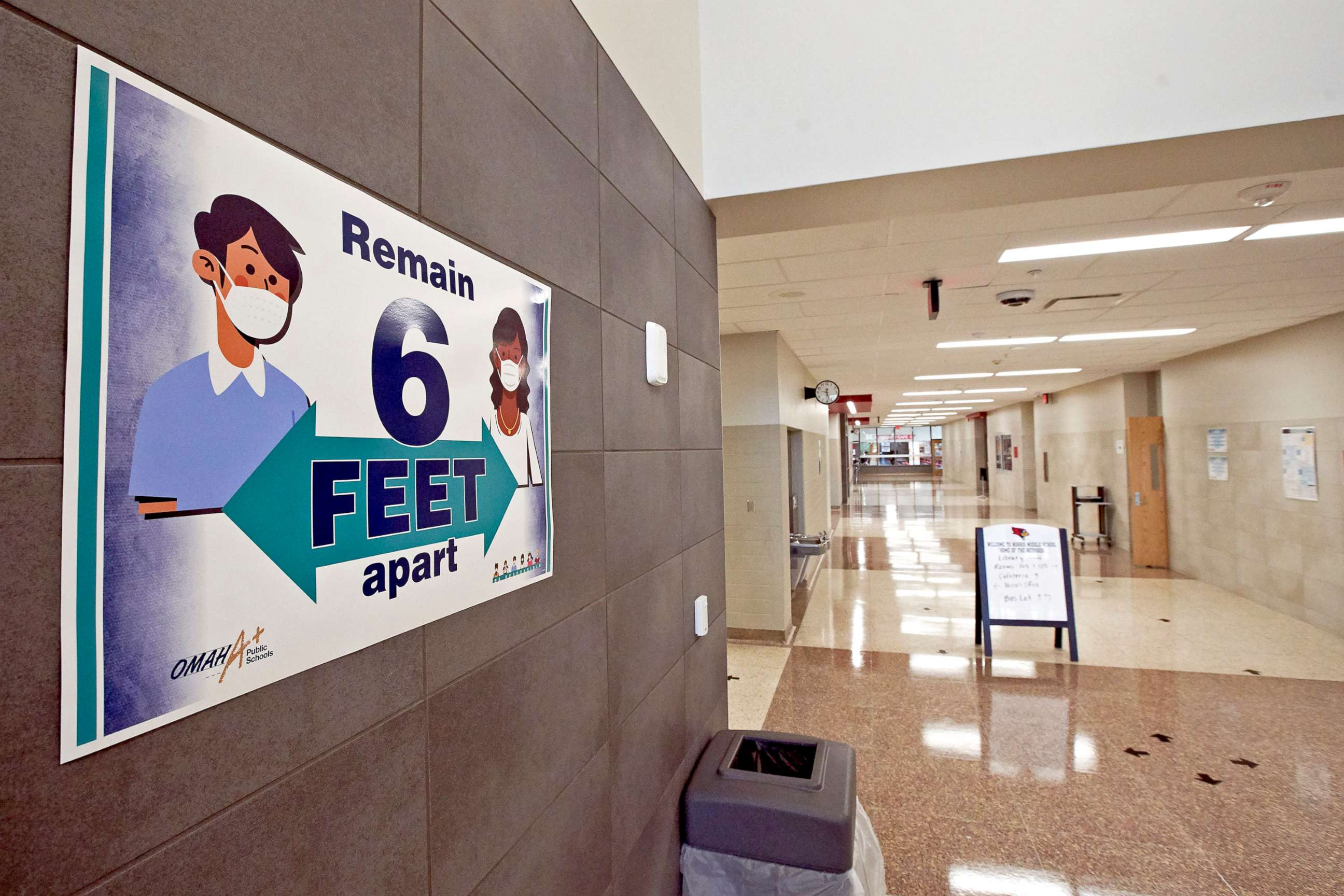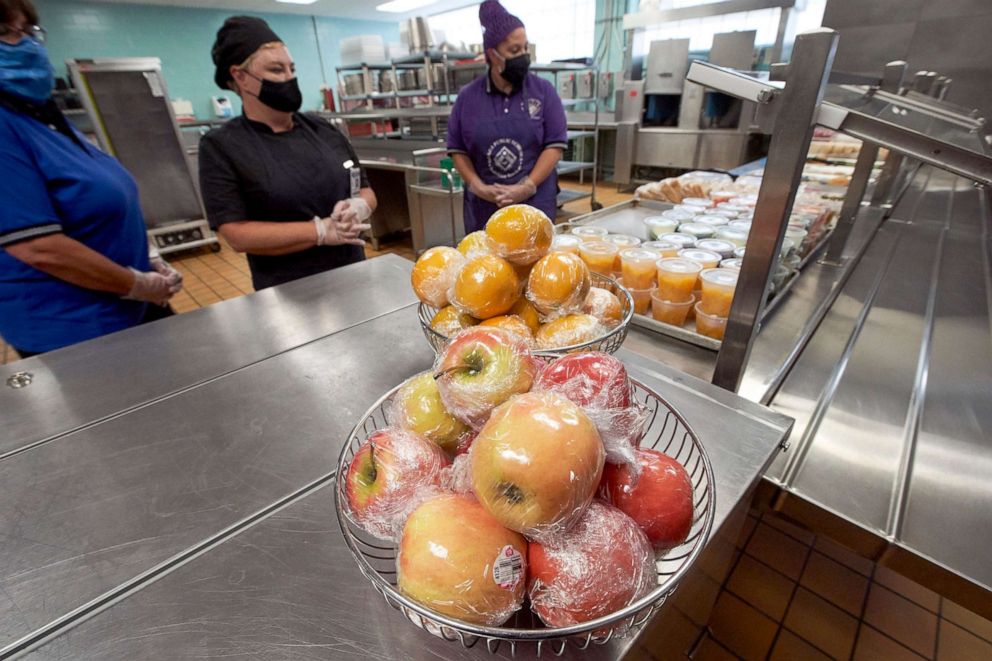Study shows COVID-19 case rates in schools higher than previously believed
The Omaha Public School district program tested asymptomatic students and staff.
A Nebraska study on asymptomatic COVID-19 cases in schools has found that infection rates may be higher than previously believed.
OPS PROTECTS, an Omaha Public School district program in a partnership with the University of Nebraska Medical Center, found that infection rates in schools involved in the first phase of the pilot program were two-and-a-half times higher for staff and nearly six times higher for students than what was being reported through routine self-initiated tests and reporting.
The program also found nearly 10 times the cases per population than what was observed through testing in the surrounding county. The study didn’t review if the cases originated in the school, just that teachers and students were coming to school with COVID-19 that was not previously identified because of limited testing outside of the school environment.
The results show "as many as nine in 10 student COVID-19 cases and seven in 10 staff cases might be missed by conventional reporting," Dr. Jana Broadhurst, a corresponding author in the study and an assistant professor at the University of Nebraska Medical Center's Department of Pathology and Microbiology, said.

The first phase of the program was conducted from November to December at three schools in South Omaha at the middle and high school levels. The specific schools were not identified in the study, but it was mentioned that all teachers and staff, and 12% of students, participated.
The school district has recently been using a hybrid model, with about one-fourth of students attending in-person classes each day.
The program screened students and staff without symptoms weekly using a PCR test of saliva that the University of Nebraska Medical Center adapted from the saliva test developed at Yale University. It also conducted environmental air, surface and wastewater testing in the schools.
The first phase of the program found 46 cases in asymptomatic individuals -- about equally split between students and staff, Broadhurst said. Positive air and surface samples were also found only in choir rooms, and environmental sampling "consistently" found the presence of COVID-19 in the schools' wastewater streams.
The school district has been employing "rigorous" risk mitigation measures, Broadhurst said, including face coverings, physical distancing, hygiene measures and infrastructure improvements.
"We and Omaha Public Schools see testing as one more layer and a very comprehensive strategy to mitigate the risk of COVID-19 transmission in schools," Broadhurst said during a virtual press briefing. "The findings of our study do demonstrate that proactive case findings of asymptomatic cases in schools is important and is an important additional measure on top of conventional case reporting mechanisms through self-identification or other testing means."

The study is thought to be the first of its kind in K-12 schools, researchers said. The results of the program have been shared on medRxiv.org, the preprint server for health sciences, but have not gone through the rigorous scrutiny of peer-review.
A second phase of the pilot program was conducted from January through March and expanded to three schools in North Omaha. Those results will also be shared with the public, Broadhurst said.
Researchers believe this program could be scalable and feasible for other school districts, depending on what resources are available.
"What we have accomplished here is a proof of principle that this can be carried out successfully in an urban school district, among an otherwise underserved population, and we can make an immediate impact on the safety of our schools through rapid case identification," Broadhurst said.




